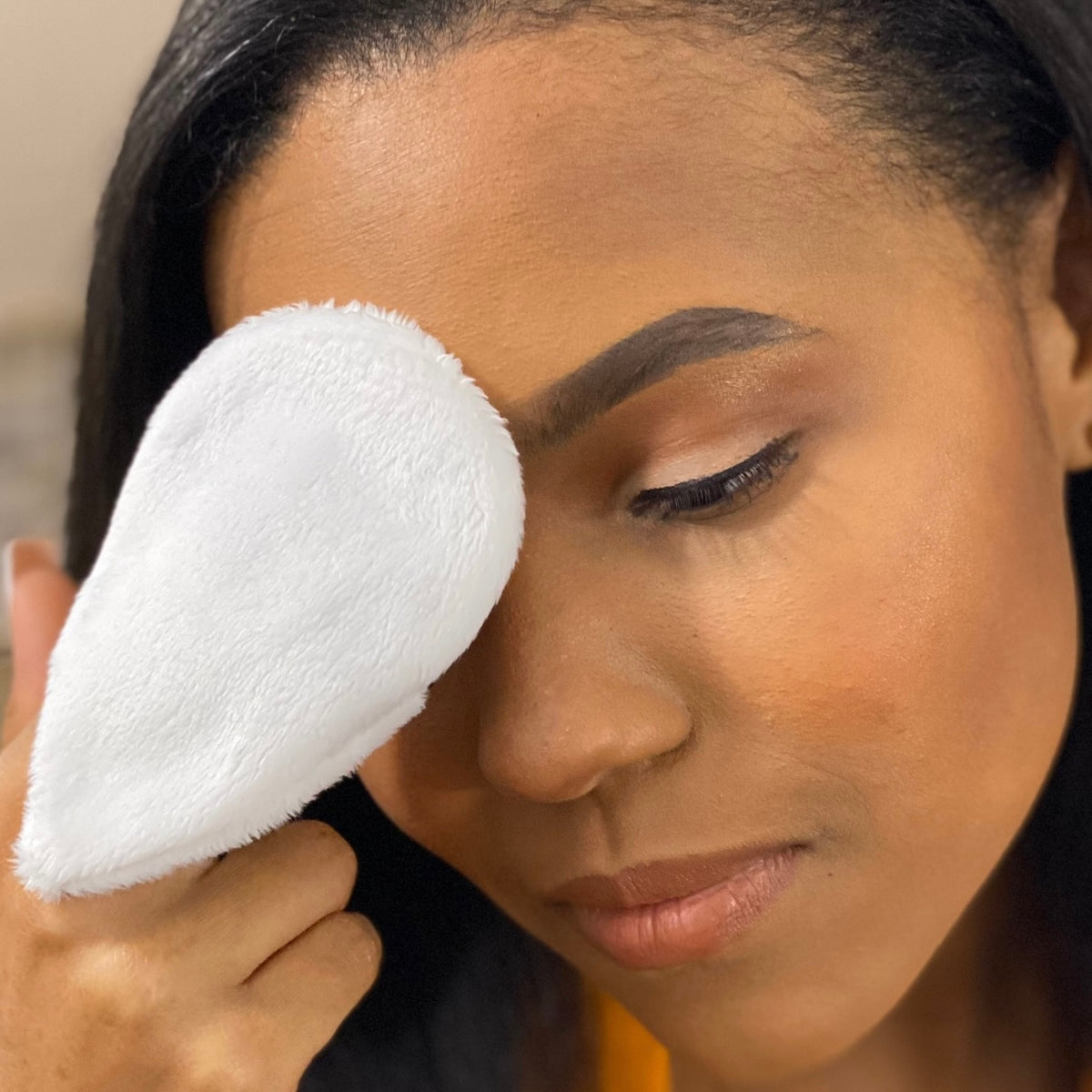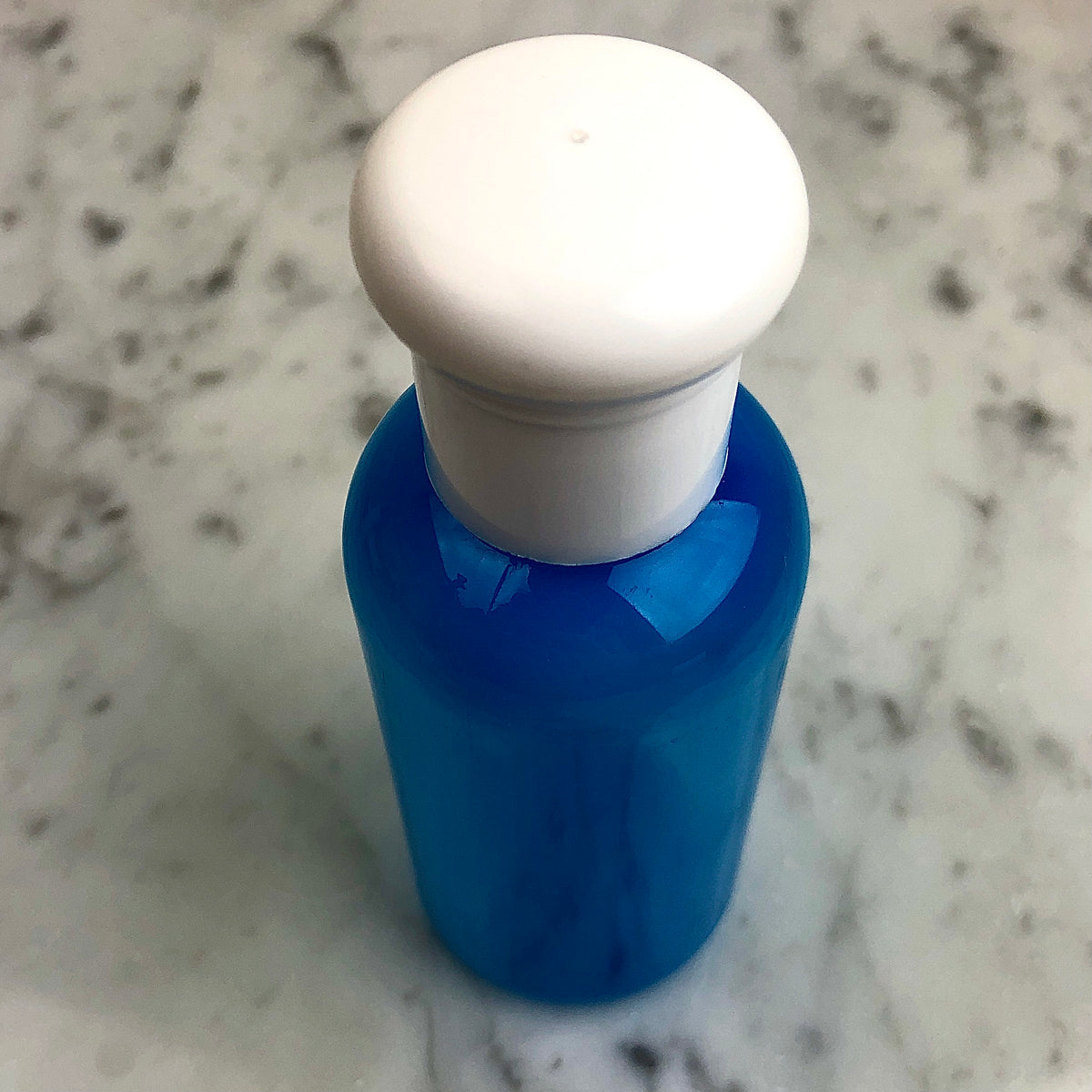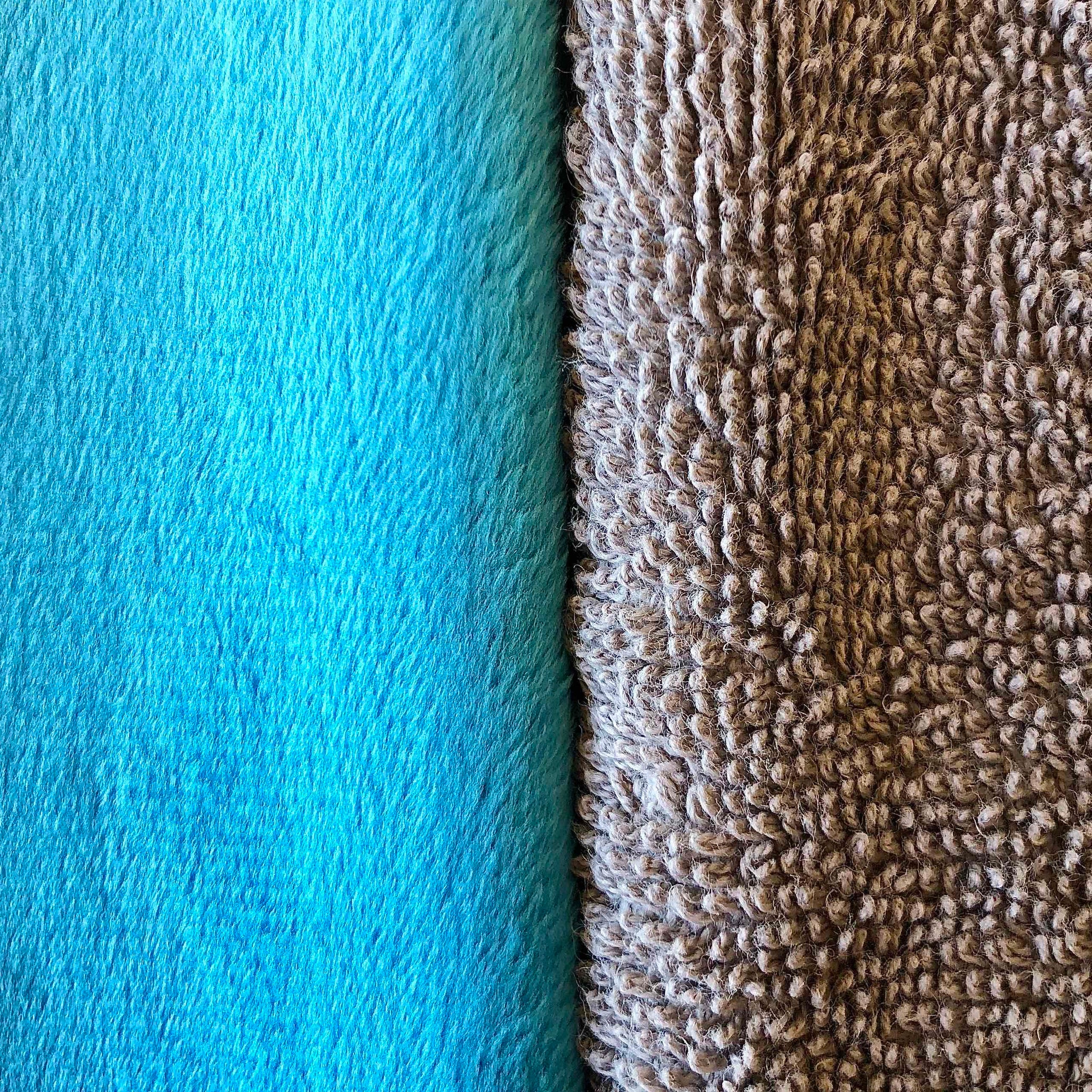What's the Softest Face Cloth?
We’ve got a few videos on Instagram where we rub sandpaper against Mittys. Then we do the same with cotton balls. We also show how easy it is to pull fibers out of cheap microfiber. Obviously, cheap fabric and cotton balls shed, while Mittys don’t.
But why do we care? Why should YOU care?
Smooth Fibers or Rough Fibers?
Under a microscope, Mitty fibers are smoother than other skincare fabrics. Whereas other fibers look like gnarled tree branches, Mitty fibers are more like smooth cylinders.
Over time, the rough fibers are going to tug more, abrade more, and generally put your skin through more stress. What can you do about this? Make sure to use a cleanser to lubricate the cleansing process. Gels, oils, soaps, and creams fill in those gaps in the fibers and make the process much less aggressive.
What about those microfiber cloths that say you can remove makeup without a cleanser (no product, just water and rubbing)? Please DON’T. It’s a gimmick. It’s terrible for skin. They’re telling you to clean your face by scraping off the grime. Ouch and ick.
Shedding Fibers Can Be a Problem
If you have stubble, you already know ALL about shedding. Rough fibers like cotton rounds get stuck on coarse hairs. Makeup artists who work on people with facial hair are always looking for products that won't turn into a fuzzy mess.
The next issue is that fibers can get stuck in your eyes and eyelashes. If you have lash extensions, this is a particular problem. In fact, Mittys are the only cleansing aid that won’t get tangled in lash glue. Be careful—those extensions are still fragile, but lash techs tell us that Mittys can be used carefully on extensions because our fabric DOESN’T shed. There's also an issue with those getting into the water supply, but we're waiting on a few new scientific studies to be published before we dig into that complicated topic.
Fabric Quality/Longevity/Washability
The last issue is that the cheaper the fabric, the harder it is for makeup and grime to come out in the wash. When we compare our fabric with cheaper microfiber (and cotton, for that matter), our fibers look more like smooth cylinders, and cheap microfiber looks like gnarled tree branches.
Not only are a Mitty’s cylindrical fibers smoother on skin, they release grime easily in the wash. With other fabric’s “tree branch” fibers, the grime gets stuck in crevices and won’t come out as easily in the laundry. The fabric gets stained and yucky faster, so the product doesn’t last as long. Also, those “tree branches” get tangled and ratty, degrading the overall texture of the fabric after a few months of use.
This doesn’t happen to Mittys because the fibers are smoother, nicer shafts of fiber with fewer weak points, and they don’t change much with repeated use and washing.
How did we find this out? Back when we were searching for fabrics, did we go around fabric warehouses with a piece of sandpaper? No--we just bought a ton of different materials and tested them all. Once we found our fancy Korean plush, we started wondering why it worked so well. Sandpaper, microscopes, wash tests--all of these little investigations are fun stunts to help us understand why better quality materials equal better quality skincare.
Pro tip—even though some brands of microfiber cleansing cloths say they can remove makeup without cleanser, don’t use them that way. This is abrasive to skin and doesn’t get everything off. Adding a cleanser like a gel or micellar water makes a big difference, lubricating the rubbing motion and helping those fabrics work much better and more gently.
Also in Company stories, skincare tips, and environmental news from Take My Face off

How to Help Teenagers with Skin Problems
- Avoid the temptation to go overboard! Harsh cleansers, astringents, and scrubs can make problems worse.
- Cleanse skin twice a day with a gentle cleanser. Make sure to rinse thoroughly.
- Avoid harsh soaps and creams (unless recommended by a dermatologist).
- If you want to try topical acne treatments, start off slowly.

What's the Difference Between Astringent and Toner?

Is Astringent Good for Skin?
It’s been a long time since astringents were the prom queens of the skincare world (that’s not the scientific term). What changed and why?
Skincare experts used to think that the way to manage oily, blemish-prone skin was to remove the oil and bacteria. Hence, they loved harsh, bacteria-killing astringents (among other products). But in the last few decades, those experts started changing their minds.


